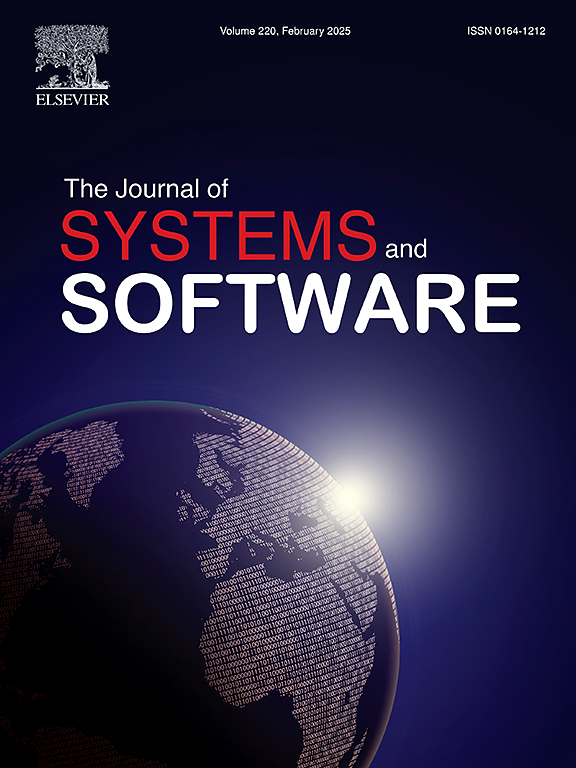Allocating distributed AI/ML applications to cloud–edge continuum based on privacy, regulatory, and ethical constraints
IF 3.7
2区 计算机科学
Q1 COMPUTER SCIENCE, SOFTWARE ENGINEERING
引用次数: 0
Abstract
There is an increasing need for practitioners to address legislative and ethical issues in both the development and deployment of data-driven applications with AI/ML due to growing concerns and regulations, such as GDPR and the EU AI Act. Thus, the field needs a systematic framework for assessing risks and helping to stay compliant with regulations in designing and deploying software systems. Clear and concise descriptions of risks associated with each model and data source are needed to guide the design without acquiring deep knowledge of the regulations. In this paper, we propose a reference architecture for an ethical orchestration system that manages distributed AI/ML applications on the cloud–edge continuum and present a proof-of-concept implementation of the main ideas of the architecture. Our starting point is the methods already in use in the industry, such as model cards, and we extend the idea of model cards to data source cards and software component cards, which provide practitioners and the automated system with relevant information in actionable form. With the metadata card based orchestration system and information about the risk levels of the target infrastructure, the users can create deployments of distributed AI/ML systems that fulfill the regulatory and other requirements.
求助全文
约1分钟内获得全文
求助全文
来源期刊

Journal of Systems and Software
工程技术-计算机:理论方法
CiteScore
8.60
自引率
5.70%
发文量
193
审稿时长
16 weeks
期刊介绍:
The Journal of Systems and Software publishes papers covering all aspects of software engineering and related hardware-software-systems issues. All articles should include a validation of the idea presented, e.g. through case studies, experiments, or systematic comparisons with other approaches already in practice. Topics of interest include, but are not limited to:
•Methods and tools for, and empirical studies on, software requirements, design, architecture, verification and validation, maintenance and evolution
•Agile, model-driven, service-oriented, open source and global software development
•Approaches for mobile, multiprocessing, real-time, distributed, cloud-based, dependable and virtualized systems
•Human factors and management concerns of software development
•Data management and big data issues of software systems
•Metrics and evaluation, data mining of software development resources
•Business and economic aspects of software development processes
The journal welcomes state-of-the-art surveys and reports of practical experience for all of these topics.
 求助内容:
求助内容: 应助结果提醒方式:
应助结果提醒方式:


